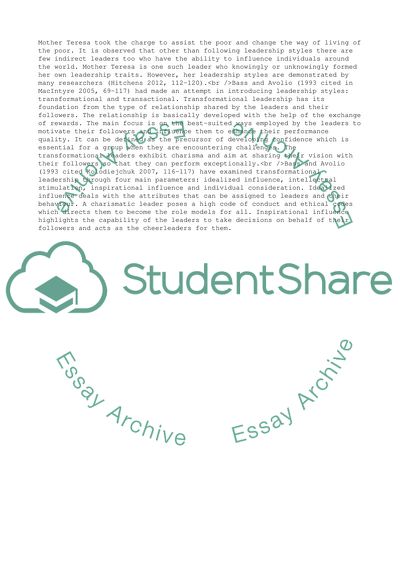Cite this document
(Defenition of Transactional Leadership Essay Example | Topics and Well Written Essays - 1500 words - 11, n.d.)
Defenition of Transactional Leadership Essay Example | Topics and Well Written Essays - 1500 words - 11. https://studentshare.org/management/1831103-leadership
Defenition of Transactional Leadership Essay Example | Topics and Well Written Essays - 1500 words - 11. https://studentshare.org/management/1831103-leadership
(Defenition of Transactional Leadership Essay Example | Topics and Well Written Essays - 1500 Words - 11)
Defenition of Transactional Leadership Essay Example | Topics and Well Written Essays - 1500 Words - 11. https://studentshare.org/management/1831103-leadership.
Defenition of Transactional Leadership Essay Example | Topics and Well Written Essays - 1500 Words - 11. https://studentshare.org/management/1831103-leadership.
“Defenition of Transactional Leadership Essay Example | Topics and Well Written Essays - 1500 Words - 11”. https://studentshare.org/management/1831103-leadership.


